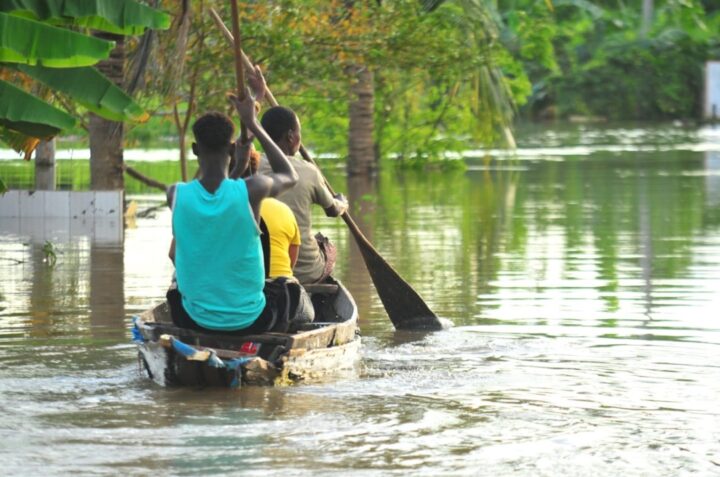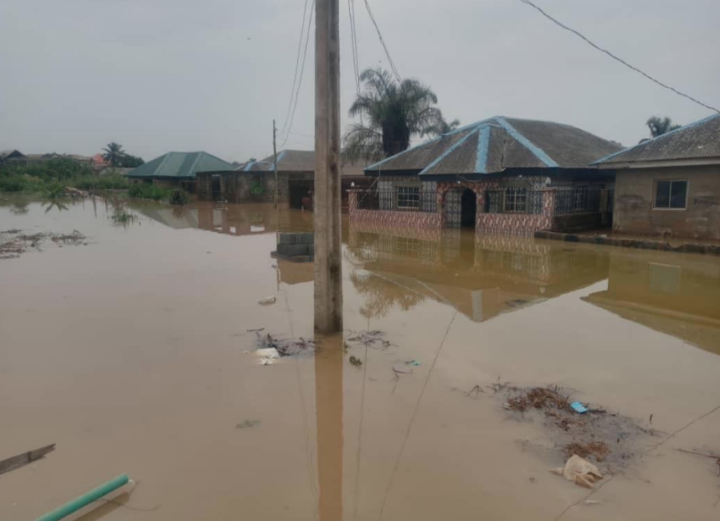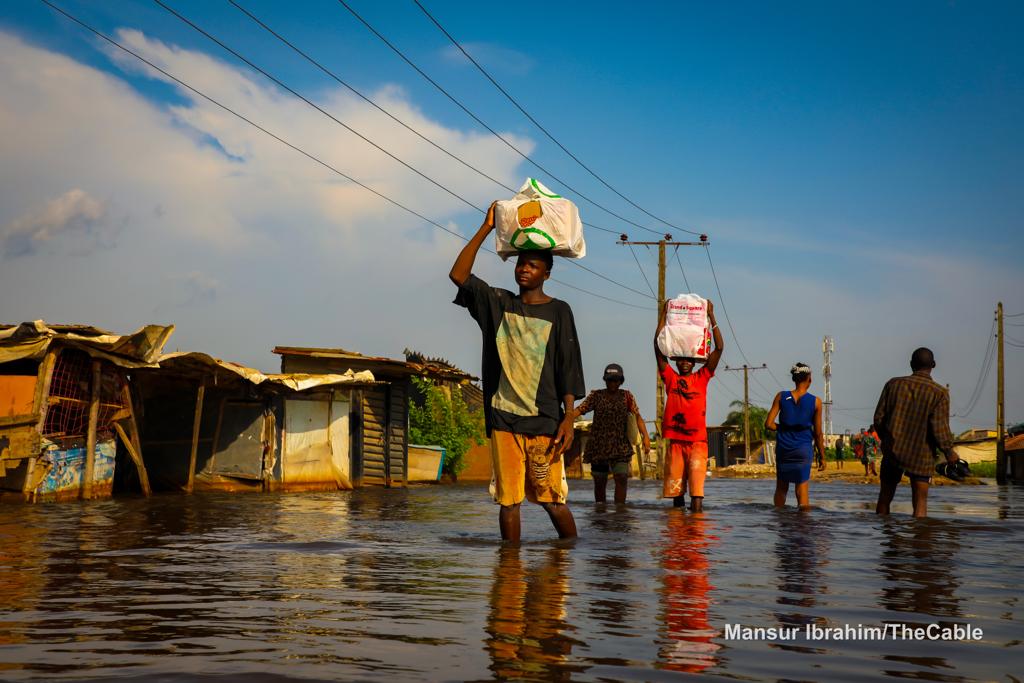Flood in Nigeria
The Food and Agriculture Organisation (FAO) says about 1.39 million hectares of cropland were flooded across north-east Nigeria in September.
Daouda Doumbia, head of FAO’s north-east office, disclosed this on Wednesday at an event to mark the World Food Day (WFD) in Adamawa.
He said from September 16 to September 30, approximately 3.82 million hectares of land across the north-east were flooded, affecting 1.39 million hectares of cropland.
Represented by Abdullahi Usman, another FAO official in Adamawa, Doumbia noted that the flooding was one of several food insecurity challenges caused by climate change.
Advertisement
“The hardest-hit states are Borno, with 143,395 hectares flooded; and Adamawa, with 58,088 hectares of farmland affected,” he said.
“Potential production losses for maize alone are estimated at 486,000 tons, sufficient to feed about four million people for a year.”
Doumbia added that across Borno, Adamawa, and Yobe states, over 104,000 hectares of rain-fed cropland and 6,570 hectares of irrigated cropland were submerged.
Advertisement
He said this led to estimated food losses of 166,731 metric tonnes.
He explained that FAO was distributing a locally produced food supplement to 4,680 under-five children in the affected communities to alleviate crisis-induced hunger.
He added that 49,000 households would receive improved seeds, NPK fertiliser, and water pumps to restore livelihoods ahead of dry season planting this year.
Speaking at the event, Bello Diram, Adamawa’s commissioner for reconstruction, rehabilitation, reintegration, and human services, highlighted the state’s efforts to support farmers.
Advertisement
“The state government has launched initiatives to provide access to farming equipment, high-quality seeds, and fertilisers, empowering local farmers to boost food production in spite of the challenges caused by flooding,” he said.
He, however, added that more needs to be done to stem the tide of flooding which has affected over 50,000 people in the state.
Add a comment





